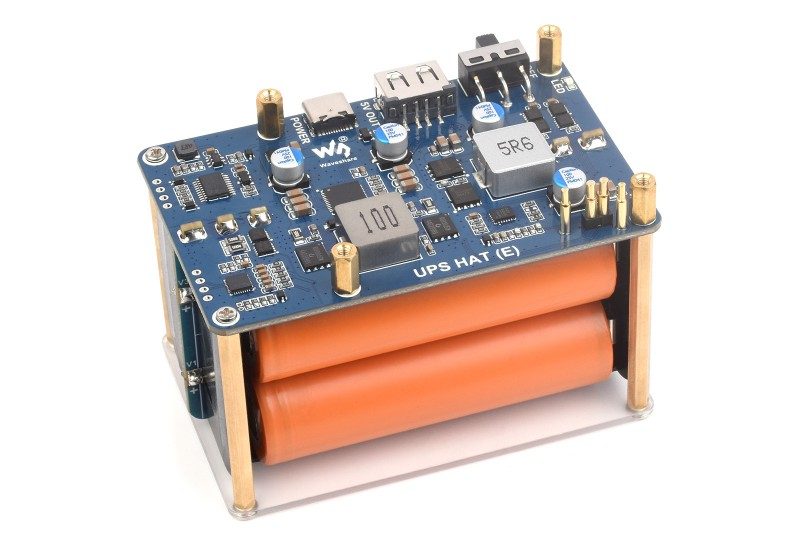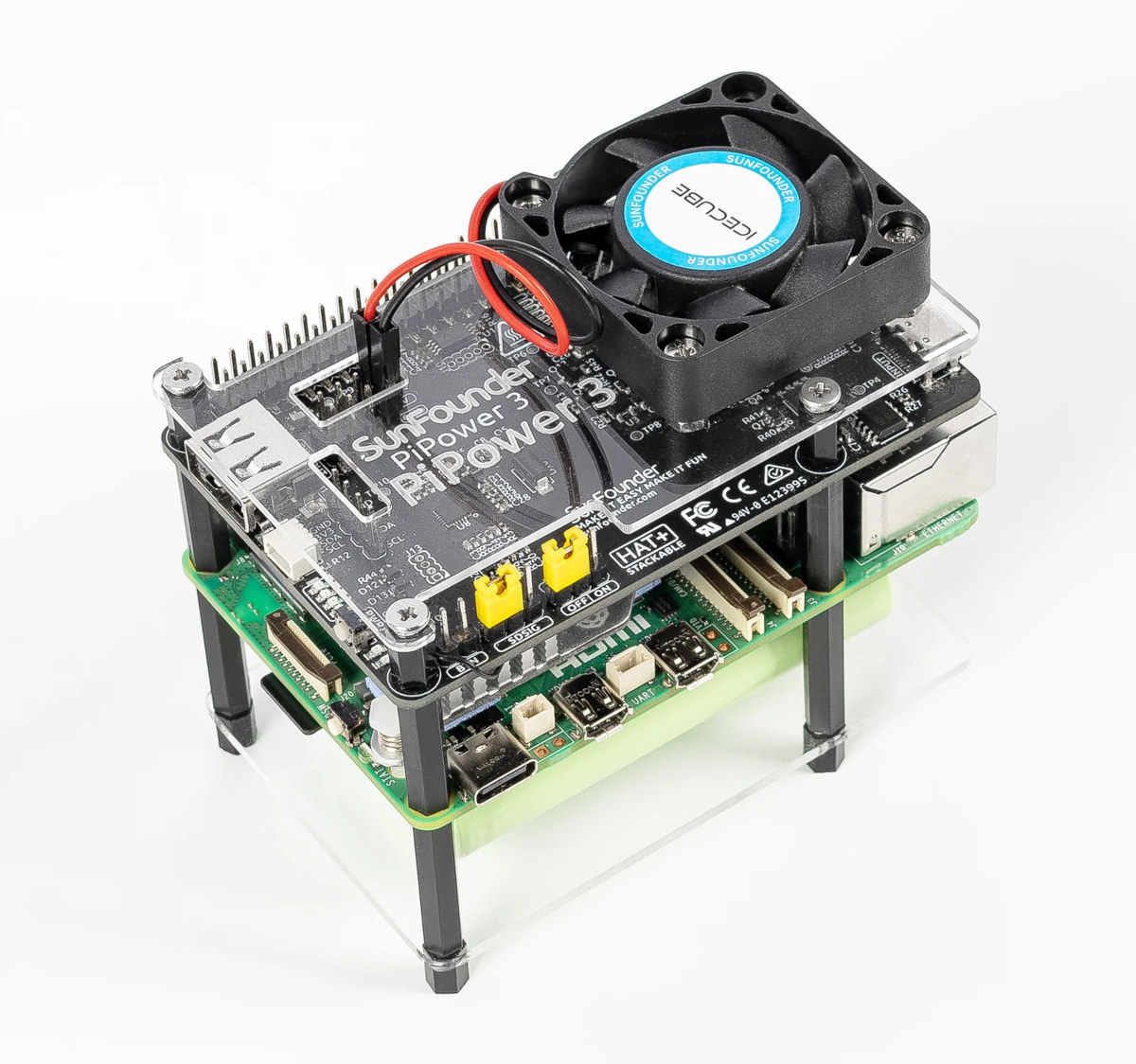poVoq
Admin on the slrpnk.net Lemmy instance.
He/Him or what ever you feel like.
XMPP: povoq@slrpnk.net
Avatar is an image of a baby octopus.
- 75 Posts
- 541 Comments

 1·23 days ago
1·23 days agoPcie slots also allow adding more nvme ssd drives, although sadly most mainboards do not support pcie bifurcation, so you will be limited to a single nvme ssd per slot.

 1·23 days ago
1·23 days agoUp to RPi4 the power efficiency was a lot better, but performance wise you really struggled due to lack of options to connect faster storage. With the RPi5 becoming more power hungry (but also more performant) it is less clear cut, and price wise a refurbished x86 pc isn’t really more expensive either.
All in all I would say the benefits of using standard x86 outweigh the slightly higher power use these days. RPis are still good if you need the specific hardware GPIO etc. that is has though. But for self-hosting go for x86 and be mindful of peak loads (these CPUs become much more power hungry on higher clock-speeds, especially turbo-boost).

 5·23 days ago
5·23 days agoLook of a refurbished thinclient with a 6th or 7th gen Intel CPU with the “T” at the end (for example i5 6500T). Those are basically power optimized mobile CPUs for desktop PCs. Those are currently best value for money IMHO.
Alternatively use an old laptop, which is great for beginners, but storage extension will be very limited.

 11·23 days ago
11·23 days agoIf all you want is Nextcloud, you are probably better off getting a managed service like this: https://www.hetzner.com/storage/storage-share/
It’s just an easy to setup XMPP server, so you get full federation out of the box.
It would be ok, but a bit lonely, no?
Better look into Snikket.

 1·1 month ago
1·1 month agoThat is why I said it depends. There are many places where electricity cuts for a short duration are quite frequent. Often you don’t even notice it, but a 24/7 server would be effected.
In general, I think the risk of laptop batteries catching fire is overstated especially if you limit the charge to 80% or so. So weighting these two issues against each other you can come out either way, but I think for most places it will come down towards a UPS being nice to have.

 1·1 month ago
1·1 month agoDepends. Usually it is still good as a UPS for a few minutes, and some laptops have a bios option to limit full charge which lowers the risk even further.
This is only the theory. In the end there is still a chip doing the routing that has a total throuput it is capable of regardless of the direction.
The routing equipment at the distribution boxes is likely a limit. Both in regards to power consumption and heat production, plus especially with older equipment the total throughput it is capable of.
If you have a 10GBaseT connection, only using 5Gb in one direction doesn’t give you 15Gb in the other. It’s still 10Gb either way.
That’s just a question of adhering to standards. The chip that does the routing internally has a total throughput and that is obviously both directions combined.
A factor I noticed here with my fiber ISP that hasn’t been mentioned: total bandwidth of the router that comes with the contract.
While this is finally changing now, the cheap SoCs that where used for building these mass produced routers topped out at about 1.5gbit total throughput.
So to avoid people complaining about false advertisement and still sell ”1gbit" fiber, the maximum they are offering is a 1000/400 Mbit connection.

 1·2 months ago
1·2 months agoIt’s likely Cloudflare related. Some of the larger instances are behind that, but many of the smaller ones aren’t. Cloudflare isn’t only a problem for VPN users, so its a good idea to avoid those instances as a user. You can still interact with their communities via Federation.

 1·2 months ago
1·2 months agoNo, they found some billionaires to do it 😉
Has a strong smell of: https://xkcd.com/1172/

 1·2 months ago
1·2 months agoThere is also Google maps integration. Sure, it’s not mandatory anymore, but if you install the official Signal app on a phone with Google play services installed, you are effectively not running an open-source app anymore and this potential backdoor is also not noticeable with reproducible builds.
F-droid has strict rules in place to prevent these sort of things for good reasons, thus the original comment is not entirely wrong in saying that an app that claims to be open-source, but can’t be made available on F-droid is a red-flag.

 1·2 months ago
1·2 months agoThe external Google dependencies I am talking about are loaded into the client not the server, so that’s an entirely different issue.

 1·2 months ago
1·2 months agoI’ll leave it up to you to decide if that is bad or not, but one of the reasons the Signal app can’t be put unaltered on F-droid is because it loads in external dependencies from Google at run-time, which can also be altered by Google at will with any Android update.

 1·3 months ago
1·3 months agoA common thing in continental Europe too. NOYB and some EU lawmakers are trying to make these pay-or-ok schemes illegal, but I guess in the UK you will be out of luck regarding that.


















Have you consider using a note taking app with server sync instead of abusing a chat service for the same thing?